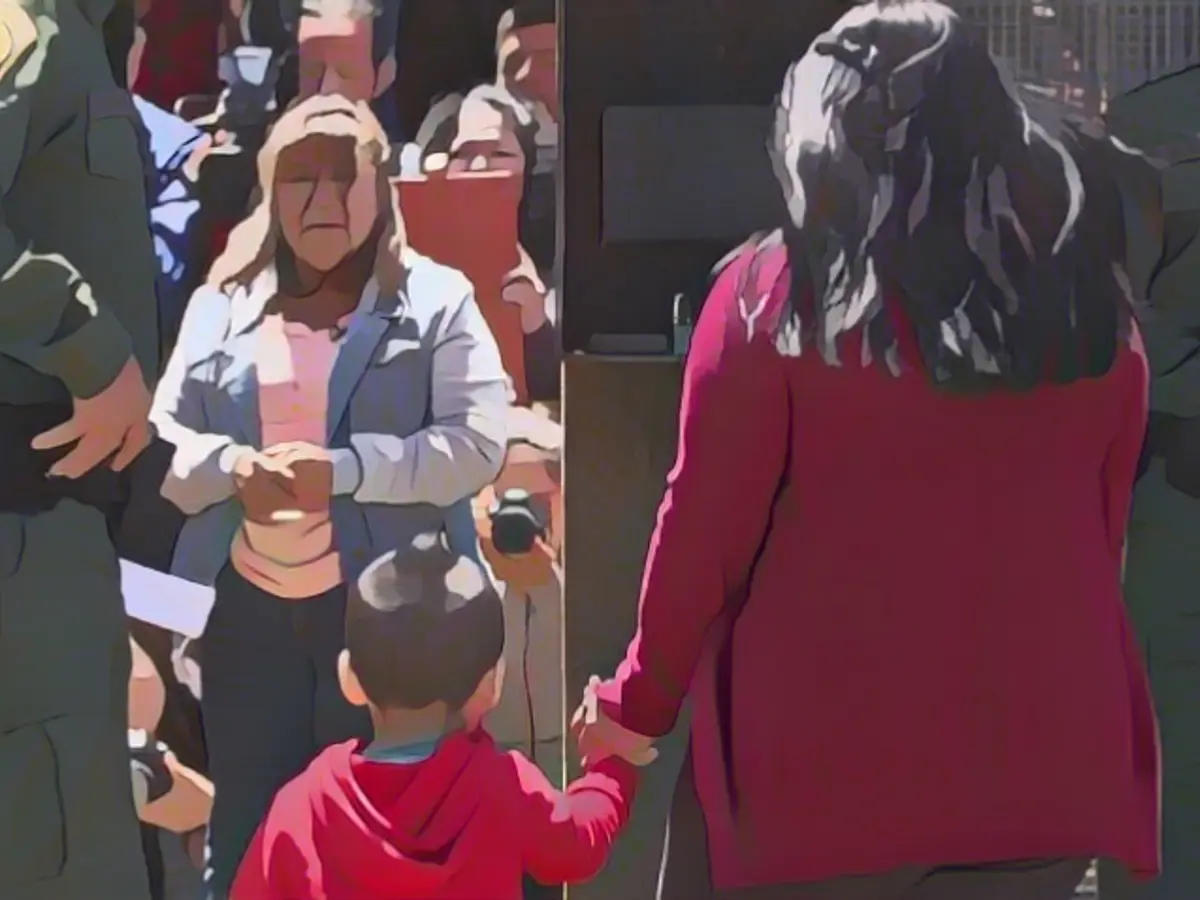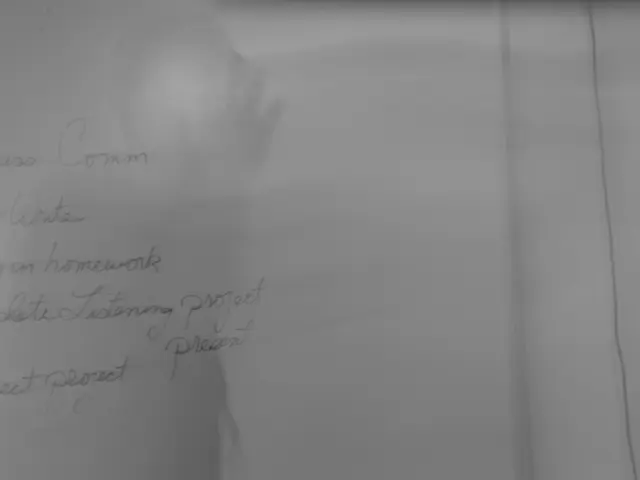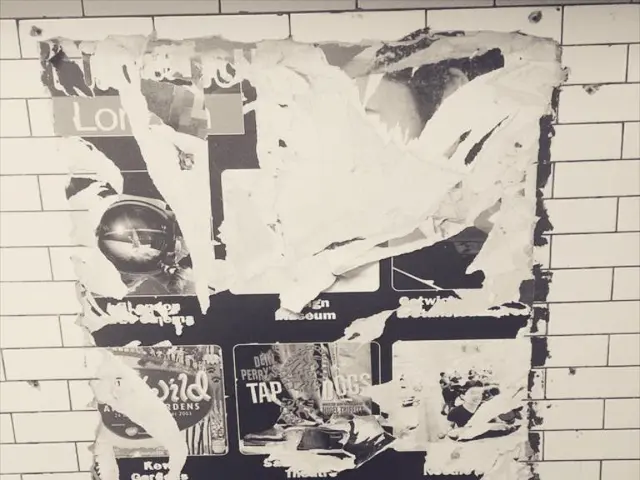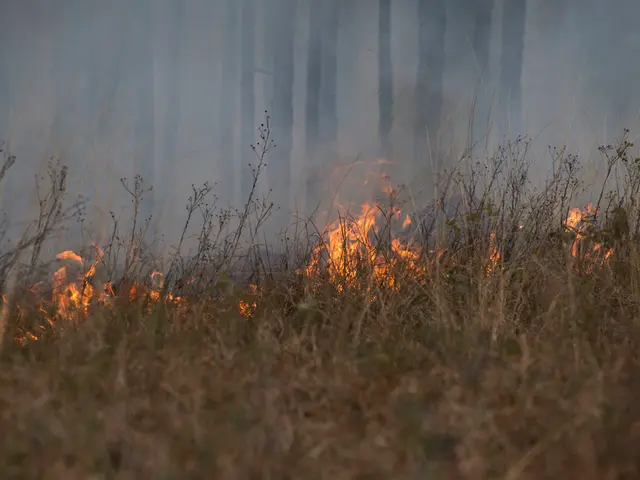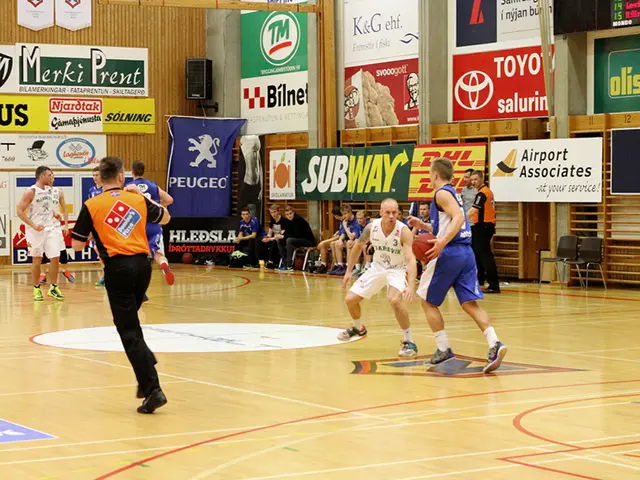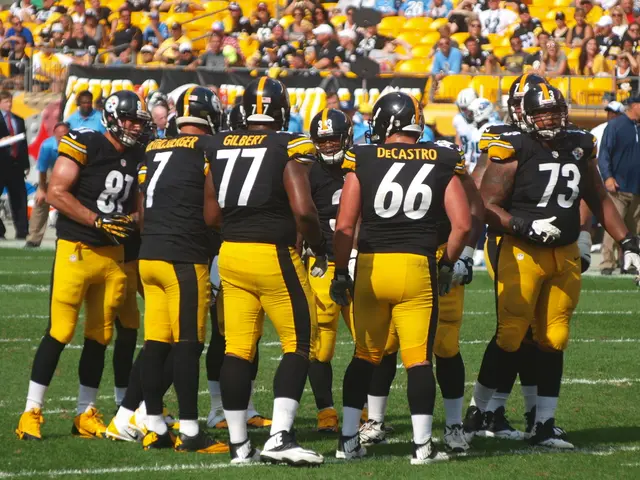Nine long years passed before Gabby, now a mother, was reunited with her mother Maria del Carmen and sister Susana del Carmen at the US-Mexico border. The encounter took place in the Friendship Park, the only section of the 18-foot high border fence controlled by the United States. This was the third time the border patrol had opened the area, allowing a brief reunion.
Gabby is a DACA recipient, a program that grants temporary legal status and work authorization to undocumented immigrants who entered the United States as children. Her status means she cannot leave the country, while her family waits on the Mexican side for entry permission.
Initially, the meeting was filled with tears. Gabby, now a mother and family head, couldn't believe the transformation. Five more families were also brought together in this heartwarming event, marking a rare moment of emotional resolution in the complex immigration saga.
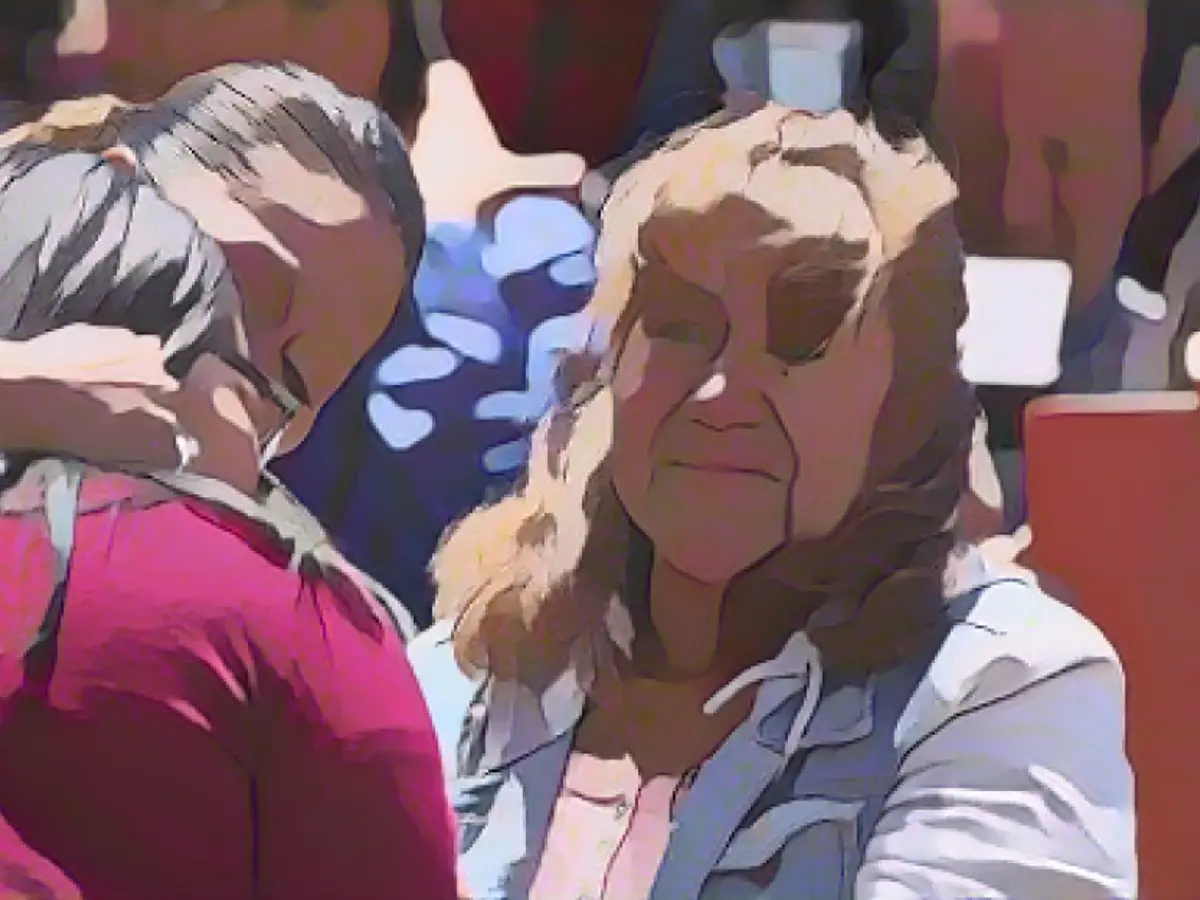
As a symbol of unity, the Friendship Park has long served as a point of connection between the two countries. Fernando, a Border Angels advocate and humanitarian team leader, shared sentiments of compassion and support for individuals seeking a better life during our conversation.
"When the wall was built, nobody thought it would lead to so many deaths," he said, recalling the early impacts of the barrier. "In 1994, people didn't stop coming; instead, they started venturing into more dangerous territories. So instead of one or two people dying a month, one or two people died every day."
The ensuing years have seen modifications to the Friendship Park's wall, which now features metallic mesh reinforcements. Since these changes, border apprehensions in the San Diego area have dropped significantly, from over 27,000 detentions in 1994 to around 2,400 in more recent times, a decline of nearly 97%.
The enduring presence of bureaucratic challenges, coupled with constantly evolving immigration policies, has led to an intricate web of complexities. The ongoing debate over family separation, the Trump administration's controversial policy, and its aftermath continue to underscore the ongoing struggles for many.
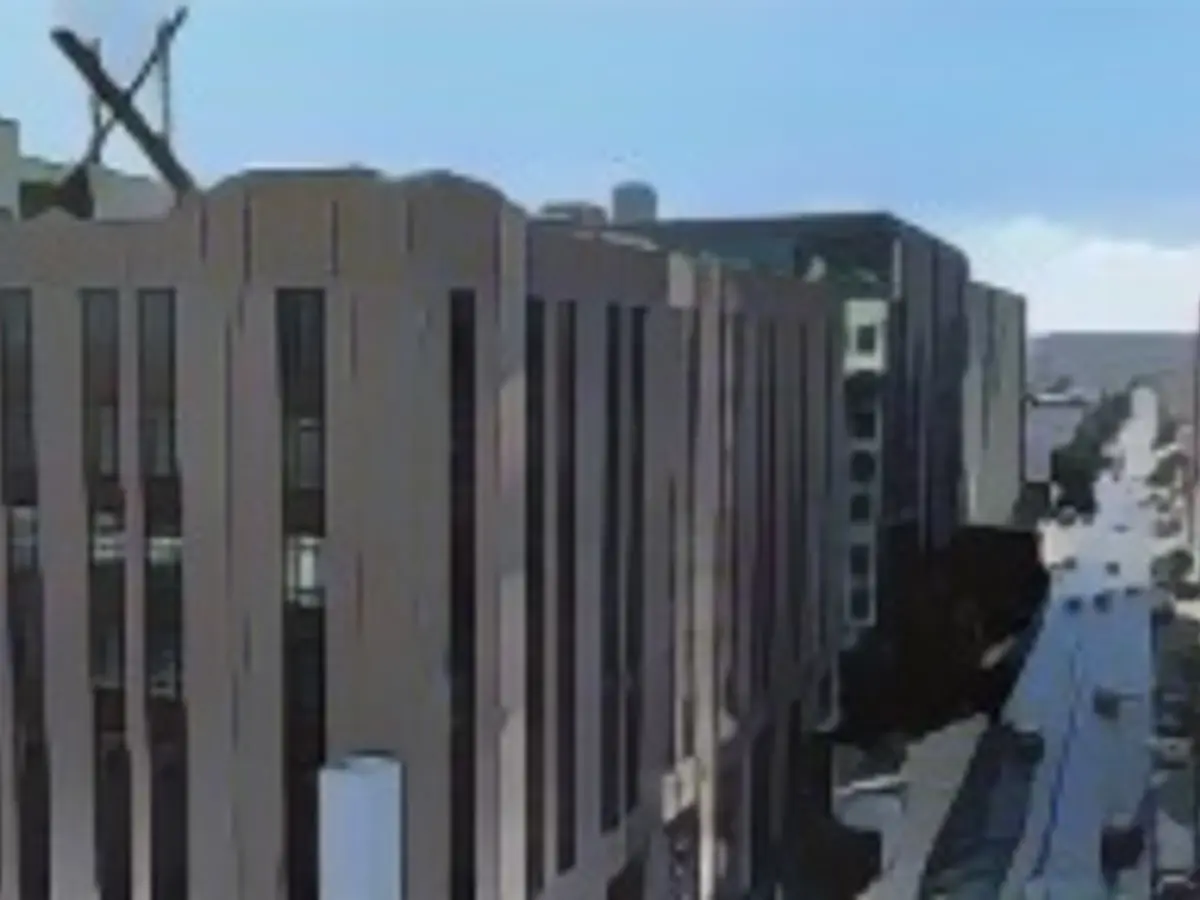
From the lives touched by immigration policies to the personal tales of hope and perseverance, the saga of family reunions at the US-Mexico border remains a compelling testament to the indomitable human spirit.
The friendship park has been a historic site for years; since 1971, it has been used as a gathering place for people from both the U.S. and Mexico. When First Lady Pat Nixon inaugurated the park, there was a loose wire fence separating the two nations.
She requested that the security officers cut the wires so she could enter with a group of mexican citizens. "I hope this fence won't be here long," she said at the time.
Since then, the fence has grown, undergoing two improvements in 1994 and 2007, and receiving its most recent reinforcment in 2012.
Frank Alvarado, a border patrol agent, shared his recollections of the area in the mid-1980s, when 628,000 people were arrested in the region. He described the atmosphere as "like the Wild West," with numerous crossings and hundreds of individuals apprehended at once. Today, border apprehensions in the area number around 2,400, with a remarkable decline of nearly 97%.
Reflecting on this tale of hope and unity, it's essential to recognize the persistent challenges and shifting immigration policies that shape the lives of millions. Despite these complexities, the stories of families who manage to reunite often serve as poignant reminders of our shared humanity.
The US-Mexico border remains a robust symbol of progress, where histories, cultures, and hopes converge. As humanity is wont to do, we search for and celebrate the moments of joy, connection, and understanding in what may sometimes seem like a vast frontier.
Connecting the dots between policies and families, it becomes clear that the journey of migration is never easy, and reunions are rarely simple. But for many, these moments serve as reminders of how far we've come, and the potential for growth—both personal and collective—that lies ahead.
